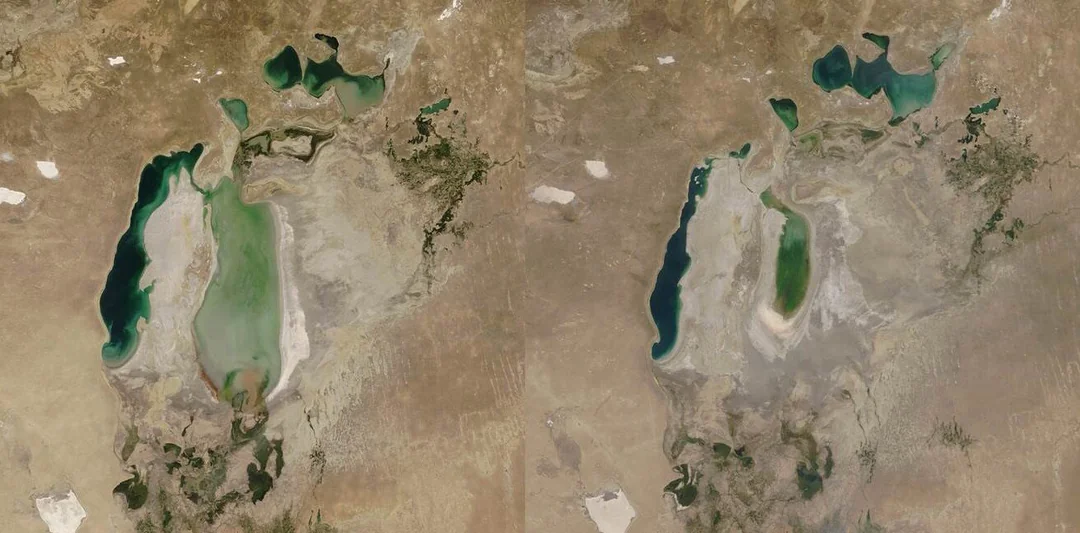Photo Credit ( Pexels )
In the past two years, Kazakhstan’s government has increased the water volume in the northern part of the Aral Sea by 42% as part of restoration efforts.
According to current estimates, the volume is 6.4 cubic miles, which is around 30% more voluminous than Crater Lake in Oregon.
In addition, the yearly fish catches in the northern Aral Sea have increased to almost 8,000 tonnes, and the salinity has decreased fourfold. Compared to 816 million cubic meters in 2022, Kazakhstan poured over 2.6 billion cubic meters of water—the size of Scotland’s well-known Loch Lomond—into the northern region in 2024.
According to the statistics, a middle-income nation is making an incredible effort to reverse what is largely regarded as the worst man-made environmental catastrophe in history, all by itself.
The Aral Sea was formerly the fourth-largest lake in the world, straddling the boundary between Kazakhstan and Uzbekistan. Its division and shrinkage are frequently mistakenly ascribed to climate change.
To irrigate cotton plantations in these nations and Turkmenistan, the Soviet Union started rerouting water flows into the lake in 1967. Their diversion caused the sea to empty, split into a northern and southern half, and shrink so drastically that it desertified most of the region’s land. The sea was fed by the powerful Syr Darya and Amu Darya, rivers that the Classical Greeks called the Jaxartes and Oxus.
The northern part of Kazakhstan is beginning to resemble a sea once more, while the southern part divided into two distinct arms, the great majority of which are located within Uzbekistan’s borders.




